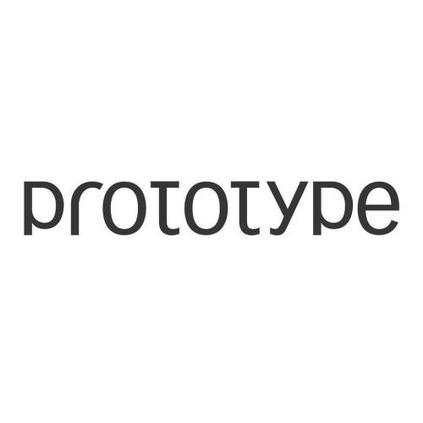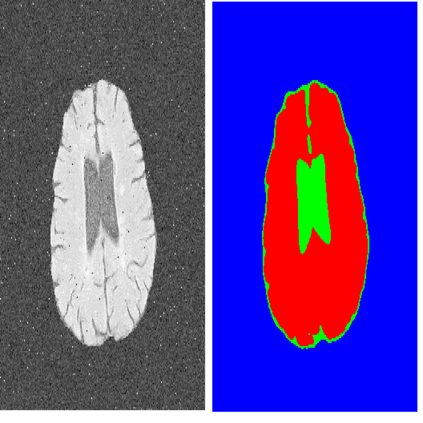Recently, deep neural networks have greatly advanced histopathology image segmentation but usually require abundant annotated data. However, due to the gigapixel scale of whole slide images and pathologists' heavy daily workload, obtaining pixel-level labels for supervised learning in clinical practice is often infeasible. Alternatively, weakly-supervised segmentation methods have been explored with less laborious image-level labels, but their performance is unsatisfactory due to the lack of dense supervision. Inspired by the recent success of self-supervised learning methods, we present a label-efficient tissue prototype dictionary building pipeline and propose to use the obtained prototypes to guide histopathology image segmentation. Particularly, taking advantage of self-supervised contrastive learning, an encoder is trained to project the unlabeled histopathology image patches into a discriminative embedding space where these patches are clustered to identify the tissue prototypes by efficient pathologists' visual examination. Then, the encoder is used to map the images into the embedding space and generate pixel-level pseudo tissue masks by querying the tissue prototype dictionary. Finally, the pseudo masks are used to train a segmentation network with dense supervision for better performance. Experiments on two public datasets demonstrate that our human-machine interactive tissue prototype learning method can achieve comparable segmentation performance as the fully-supervised baselines with less annotation burden and outperform other weakly-supervised methods. Codes will be available upon publication.
翻译:最近,深心神经网络大大推进了组织病理学图像的分解,但通常需要大量附加说明的数据。然而,由于整个幻灯片图像的Gapplixel规模以及病理学家每天繁重的工作量,在临床实践中获得监督学习的像素级标签往往不可行。 或者,以不那么艰苦的图像等级标签探索了薄弱监督的分解方法,但由于缺乏密集的监督,其性能不尽如人意。受自监督学习方法最近成功的影响,我们展示了一个标签效率高的组织原型字典的管道,并提议使用获得的原型来指导组织病理学图像分解。特别是,利用自我监督的对比对比学习学习的像素级标签级标签往往不可行。最后,将未加标签的病理分解方法投射到一个歧视性的嵌入空间,通过高效的病理学家的视觉检查来识别组织原型。然后,将编码用于将图像映射入嵌入空间,并生成比素级级级组织组织口罩的口罩口罩,通过查询组织分级结构的分解,在组织分级组织分解中进行更精确的分解,然后进行更精确的分解。最后,通过测试,将测试,将使用一种可比较的分级分解的分解方法,用一种更精确的分解方法,将用来进行更精确的分解,用另一种的分解,在组织分解,用另一种的分解,在组织分解方法,用更精确的分解。最后的分解方法,用。</s>



